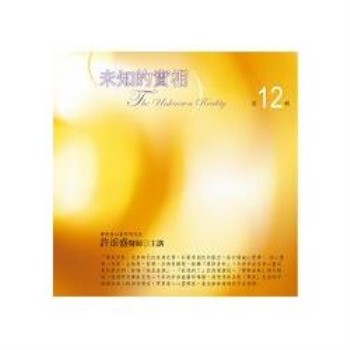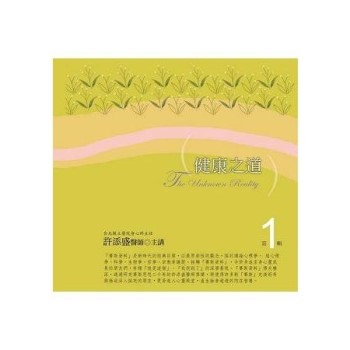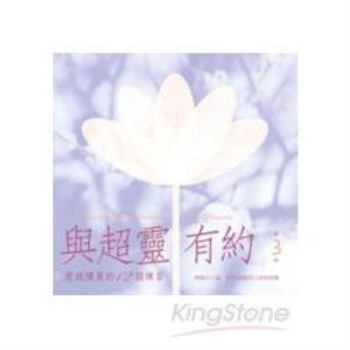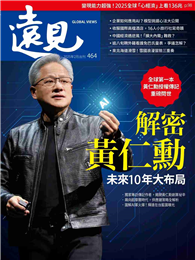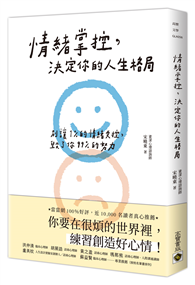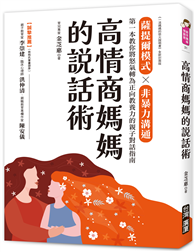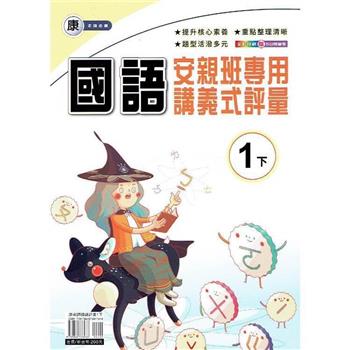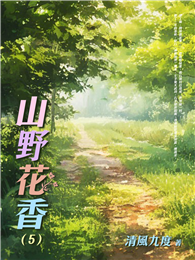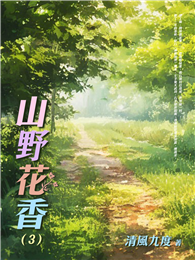”Researchers in oriental music have waited many years for a study such as this one produced by a scholar such as Dr. Pian. ...For the general researcher in oriental music the organization and detail of Dr. Pian\’s first chapter are of the greatest value. ...[and] will be a standard reference for years to come. ...All in all here is an impressive example of thorough scholarship....”─Professor William P. Malm, The University of Michigan, Harvard Journal of Asiatic Studies, Vol. 28 (1968)
”...It is the first work to deal in detail and reliably with the sources, modes and forms of notation of Chinese music and the first to transcribe together all existing Sung music into staff notation.... Nowhere have Chinese forms of notation been so thoroughly examined in a Western language....”─Professor Colin Mackerras, The Australian National University, Canberra, Monumenta Serica (or Journal of Oriental Studies), Vol. 27 (1968)
This book is a standard reference on Sonq dynasty music, and a model of meticulous scholarship. In the book Professor Pian surveys the theoretical and practical treatises on music, the historical and encyclopedic compilations, the song collections, and various other related materials. She comments on available editions of the musical works themselves, the origin of each piece, and its value for scholarly research. She also explains in detail the intricacies of the Sonq dynasty modal system and forms of notation, an understanding of which is essential for reading Sonq music.
Originally published in 1967, this title is now reprinted with a new foreword and an introductory essay.
作者簡介
Although born in Cambridge and eventually educated at Radcliffe College, Professor Rulan Chao Pian spent much of her childhood and part of her high school years in China. This enabled her, with some training, to undertake a Chinese language teaching position, while studying Musicology in the Music Department at Harvard-Radcliffe. Her interest in the musical culture of China had thus led to the exploration of Chinese musical sources, hence her study of the Sonq dynasty musical sources as her doctoral dissertation. Next she went further into the investigation of broader musical fields such as the Chinese dramatic and narrative music, for which she did much field work and published numerous articles. In 1974 she was appointed Professor of East Asian Languages and Civilizations and of Music at Harvard until her retirement in 1992. In 1990 she was elected a member of the Academia Sinica, Taiwan.

 共
共 
